On Thursday February 20th, a new little Swedish princess was born in New York City. Or was it on February 21st? The confinement took place so late in the evening that it had actually turned into the next day in Sweden. So, which date counts as her birthday? The one where the event took place or the one relevant to the country to whose royal family she belongs?
On Friday morning I published a small contest on RDQ’s Facebook page: Who can guess the name and title of the newborn child? There were a lot of suggestions, for names like Astrid, Christina and Désirée, for example, and when it came to Dukedoms (Duchessdoms?) several provinces were mentioned, including Blekinge and Lapland, neither of which has ever had a Duke assigned to them. My contribution was LILIAN and GOTLAND. It turned out to be a brilliant guess, as the little girl is to be H.R.H. Princess Leonore LILIAN Marie of Sweden, Duchess of GOTLAND.
How did I nail this one? Well, the first name was perhaps not that difficult, since the family’s beloved “Auntie”, Princess Lillian, had recently passed away. But the province? My reasoning was as follows: Which province would be fitting for a princess, born at some distance away from the mainland? An island perhaps? Well, Sweden has two, Öland and Gotland. The former would be a perfect choice, since the Solliden palace, where the Royal family has its summer retreat, is located there. But Öland is already, so to speak, taken, as Crown Princess Victoria celebrates her birthday there every summer, with the so called “Victoria day” – broadcast on TV and all. So, Gotland then!
Gotland has had a single duke, the second son of King Oscar II, Prince Oskar (1859-1953), who lost both the Dukedom and his place in the line of succession when, in 1888, he married Ebba Munk af Fulkila, who was certainly noble but not royal. Despite this, the couple continued to be styled Prince Oskar and Princess Ebba Bernadotte. Their children, however, including the famous Folke Bernadotte (1895-1948), did not have any titles whatsoever. This upset the proud King Oscar, but he was not in a position to do anything about it. His brother-in-law, Duke Adolf of Luxemburg, was, and in 1892 he generously provided a Luxembourg title to the princely couple and their descendants. They became counts and countesses “af Wisborg”, a clever choice of name, alluding to the name of the ruined castle near Visby in Gotland, Oskar’s dukedom. In time, the descendants would adjust their name and title to “counts/countesses Bernadotte af Wisborg”.
The same generosity was not granted forty years later, when Prince Lennart, Duke of Småland (1909-2004), insisted on marrying his sweetheart, Miss Karin Nissvandt. He was stripped of all titles, prerogatives and his apanage, becoming Mr. Lennart Bernadotte, plain and simple. Same thing with Princes Sigvard, Duke of Uppland (1907-2002), and Carl Johan, Duke of Dalarna (1916-2012), when they eventually jumped off the royal train. This was perceived as unfair, especially by Sigvard, who pestered his father until 1951, when the latter extended the 1892 ennobling, with a little help from his 2nd cousin, Grand Duchess Charlotte of Luxembourg, to apply to these three princes and their families as well.
One that never came to be covered by this honor was Prince Carl Jr. (1911-2003), Duke of Östergötland, the son of Prince Carl and Princess Ingeborg. His marriage in 1937 to Countess Elsa von Rosen was at the time about as close as one could come to an acceptable royal match, but for the sake of consistency, it was decided that Prince Carl Jr would be treated in the same way as Princes Lennart and Sigvard. Carl, however, had the good fortune to be the brother-in-law of a reigning King, Leopold III of Belgium, who quickly bestowed a Belgian princely title upon him.
Ted Rosvall
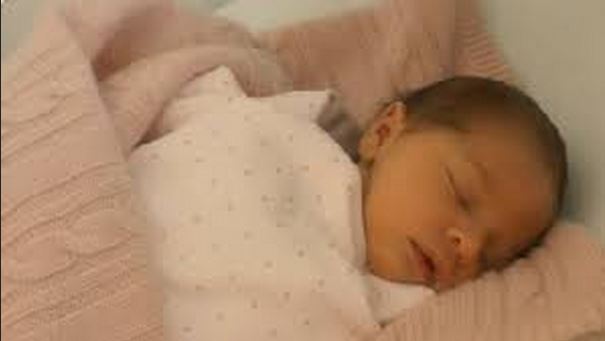
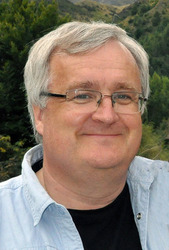 Ted is 65 years old, a retired church musician by profession, and a devoted genealogist. From 2000 to 2008 he served as president of the Federation of Swedish Genealogical Societies, an umbrella organisation for some 170 societies with a total of around 75.000 members. Apart from the Royal books, Ted has also published a Handbook on Emigration Research - mostly concerning modern research via the Internet in the US and Canada - and a collection of causeries and short stories (Ted's Thoughts). His research efforts have caused him to travel 21 times to the US and Canada, some 15 times each to the UK and Germany and once to Australia and New Zealand.
Ted is 65 years old, a retired church musician by profession, and a devoted genealogist. From 2000 to 2008 he served as president of the Federation of Swedish Genealogical Societies, an umbrella organisation for some 170 societies with a total of around 75.000 members. Apart from the Royal books, Ted has also published a Handbook on Emigration Research - mostly concerning modern research via the Internet in the US and Canada - and a collection of causeries and short stories (Ted's Thoughts). His research efforts have caused him to travel 21 times to the US and Canada, some 15 times each to the UK and Germany and once to Australia and New Zealand.

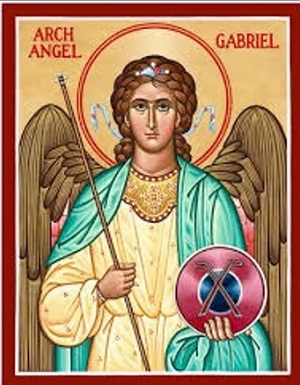 The name GABRIEL, however, was quite unexpected, as was ALEXANDER for his elder brother. As far as I can see, there have been no princes by those names in Swedish history. The closest we come would be Magnus GABRIEL De la Gardie (1622-1686), at one time Sweden’s richest man, who was married to Princess Maria Eufrosyne of Pfalz (1625–1687), a sister to the Swedish King Carl X Gustav.
The name GABRIEL, however, was quite unexpected, as was ALEXANDER for his elder brother. As far as I can see, there have been no princes by those names in Swedish history. The closest we come would be Magnus GABRIEL De la Gardie (1622-1686), at one time Sweden’s richest man, who was married to Princess Maria Eufrosyne of Pfalz (1625–1687), a sister to the Swedish King Carl X Gustav.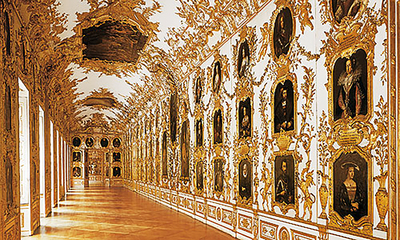
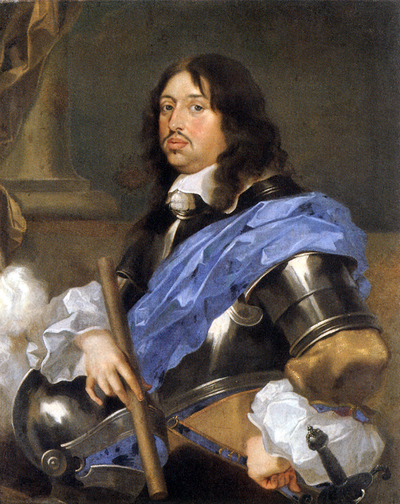 Carl X Gustaf, King of Sweden
Carl X Gustaf, King of Sweden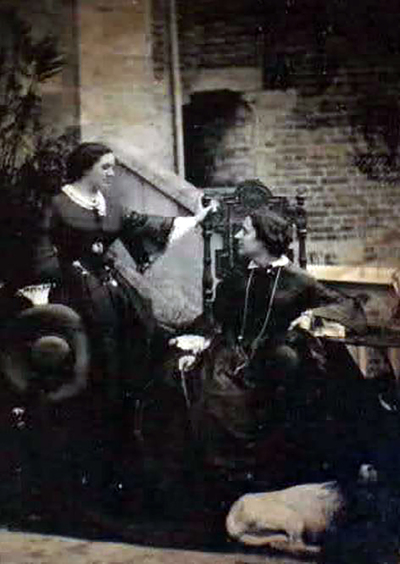
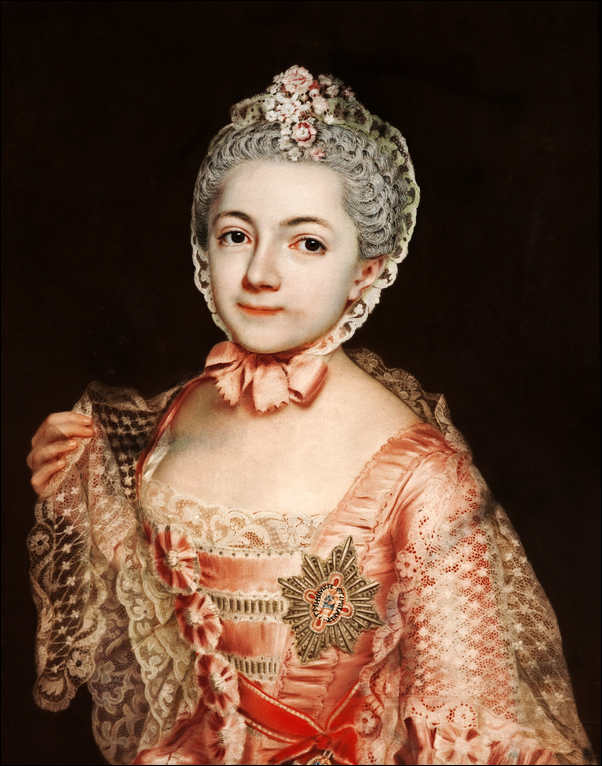
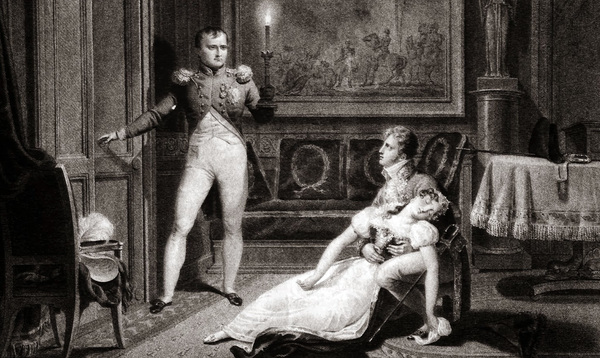
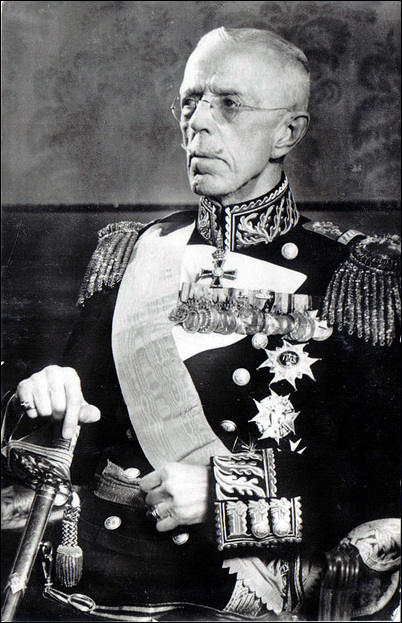 King Gustaf V of Sweden
King Gustaf V of Sweden 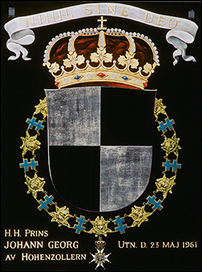

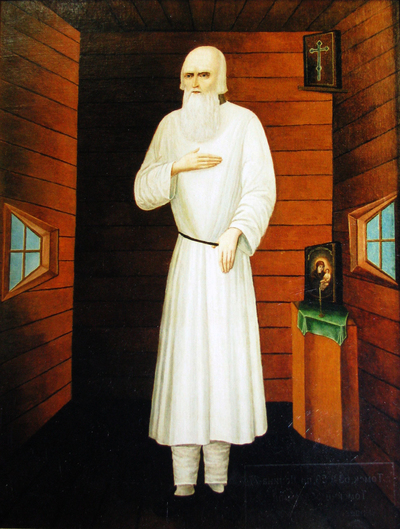
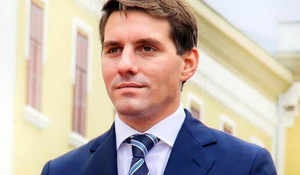 On August 1, 2015, former King Michael of Romania signed a document removing the title Prince of Romania and the qualification of Royal Highness from his grandson, Prince Nicholas. Nicholas has also been removed from the line of succession. Since April 1st 2010, which was his 25th birthday, the King’s grandson Nicholas Medforth-Mills, had been raised as a Royal Highness and a Prince of Romania, with the expectation that he would one day succeed his aunt, Crown Princess Margarita of Romania, as head of the Royal Family. This is now evidently not to be.
On August 1, 2015, former King Michael of Romania signed a document removing the title Prince of Romania and the qualification of Royal Highness from his grandson, Prince Nicholas. Nicholas has also been removed from the line of succession. Since April 1st 2010, which was his 25th birthday, the King’s grandson Nicholas Medforth-Mills, had been raised as a Royal Highness and a Prince of Romania, with the expectation that he would one day succeed his aunt, Crown Princess Margarita of Romania, as head of the Royal Family. This is now evidently not to be. Two major Royal events in my small country in just two days! We are certainly not used to this ...
Two major Royal events in my small country in just two days! We are certainly not used to this ...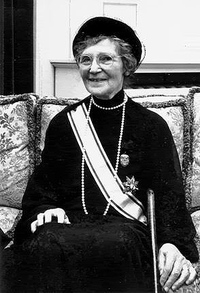 Recently, word was received of the passing of Queen Fabiola of Belgium. Fabiola de Mora y Aragón, a Spanish noblewoman, was born in 1928 and married King Baudouin of the Belgians in 1960. She was universally respected and continued to be a much loved “Extra Queen” long after the death of her husband in 1993. She was thus a widow – a dowager – for 23 years, which is a long time, but nowhere near a record …
Queen Victoria lost her Albert in 1861 and made something of a career of her grief, dressing in black and wearing a widow’s cap, for the rest of her life. She mourned her husband for 40 years, and yet she can’t be described as a “dowager” since she was in fact the sovereign herself, reigning for all those years. Thanks to Downton Abbey and Maggie Smith, the world outside the UK is nowadays also fully aware of the concept “dowager”, a word that in the rest of the world was otherwise mostly used for the mother of the last Tsar of Russia, Dagmar or Maria Feodorovna. She was the “dowager empress”, a position she had from 1894 to 1928 – 34 years. Still, not a record:
Recently, word was received of the passing of Queen Fabiola of Belgium. Fabiola de Mora y Aragón, a Spanish noblewoman, was born in 1928 and married King Baudouin of the Belgians in 1960. She was universally respected and continued to be a much loved “Extra Queen” long after the death of her husband in 1993. She was thus a widow – a dowager – for 23 years, which is a long time, but nowhere near a record …
Queen Victoria lost her Albert in 1861 and made something of a career of her grief, dressing in black and wearing a widow’s cap, for the rest of her life. She mourned her husband for 40 years, and yet she can’t be described as a “dowager” since she was in fact the sovereign herself, reigning for all those years. Thanks to Downton Abbey and Maggie Smith, the world outside the UK is nowadays also fully aware of the concept “dowager”, a word that in the rest of the world was otherwise mostly used for the mother of the last Tsar of Russia, Dagmar or Maria Feodorovna. She was the “dowager empress”, a position she had from 1894 to 1928 – 34 years. Still, not a record: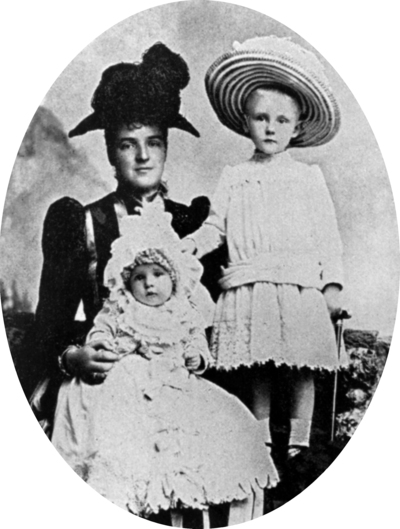

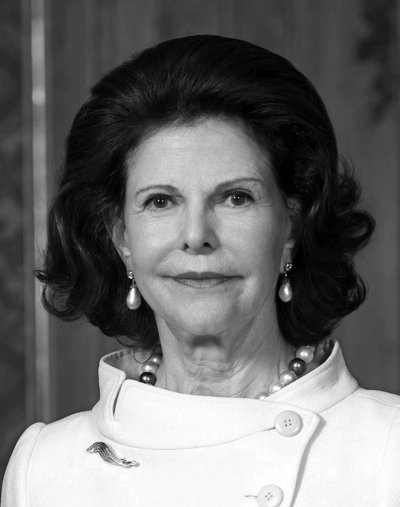
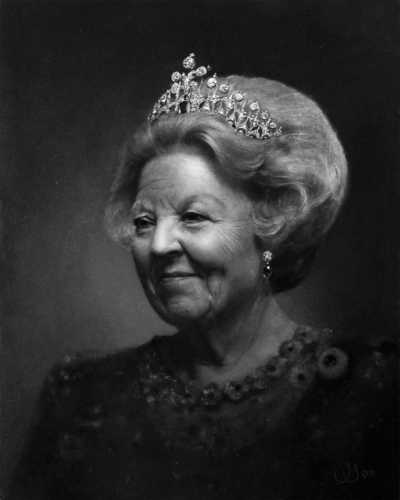
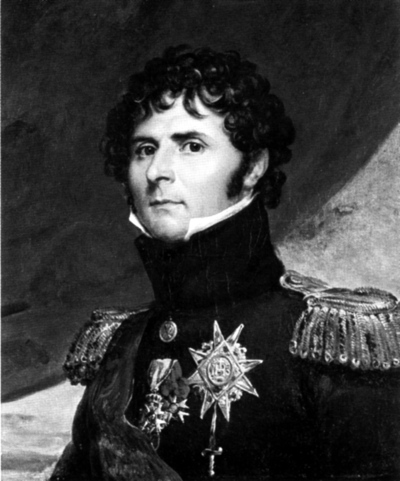

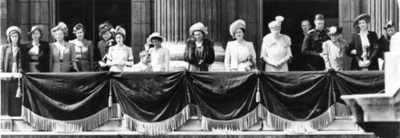
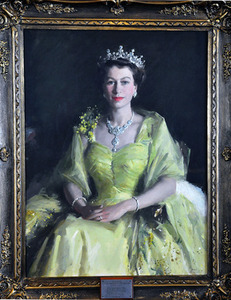 At the beginning of the year, my younger daughter and I spent five glorious weeks in Australia and New Zealand. This was a first for me, a trip to the other side of the world that I never thought I’d make. Apart from an abundance of beautiful nature and an unusual and fascinating flora and fauna, we also visited the big metropolises; Perth, Adelaide, Melbourne and Sydney. Seems old Queen Victoria is everywhere to be found, in statues, portraits, monuments, houses, streets, bridges and place names. Not to mention other royals, such as Princess Margaret Rose (the famous caves near Mount Gambier), the Duke of Gloucester (a footpath trail in Katoomba) and Prince Albert (several parks and squares all over). Another royal that is immensely popular down under is the Danish Crown Princess, Mary, who was born in Tasmania.
At the beginning of the year, my younger daughter and I spent five glorious weeks in Australia and New Zealand. This was a first for me, a trip to the other side of the world that I never thought I’d make. Apart from an abundance of beautiful nature and an unusual and fascinating flora and fauna, we also visited the big metropolises; Perth, Adelaide, Melbourne and Sydney. Seems old Queen Victoria is everywhere to be found, in statues, portraits, monuments, houses, streets, bridges and place names. Not to mention other royals, such as Princess Margaret Rose (the famous caves near Mount Gambier), the Duke of Gloucester (a footpath trail in Katoomba) and Prince Albert (several parks and squares all over). Another royal that is immensely popular down under is the Danish Crown Princess, Mary, who was born in Tasmania.